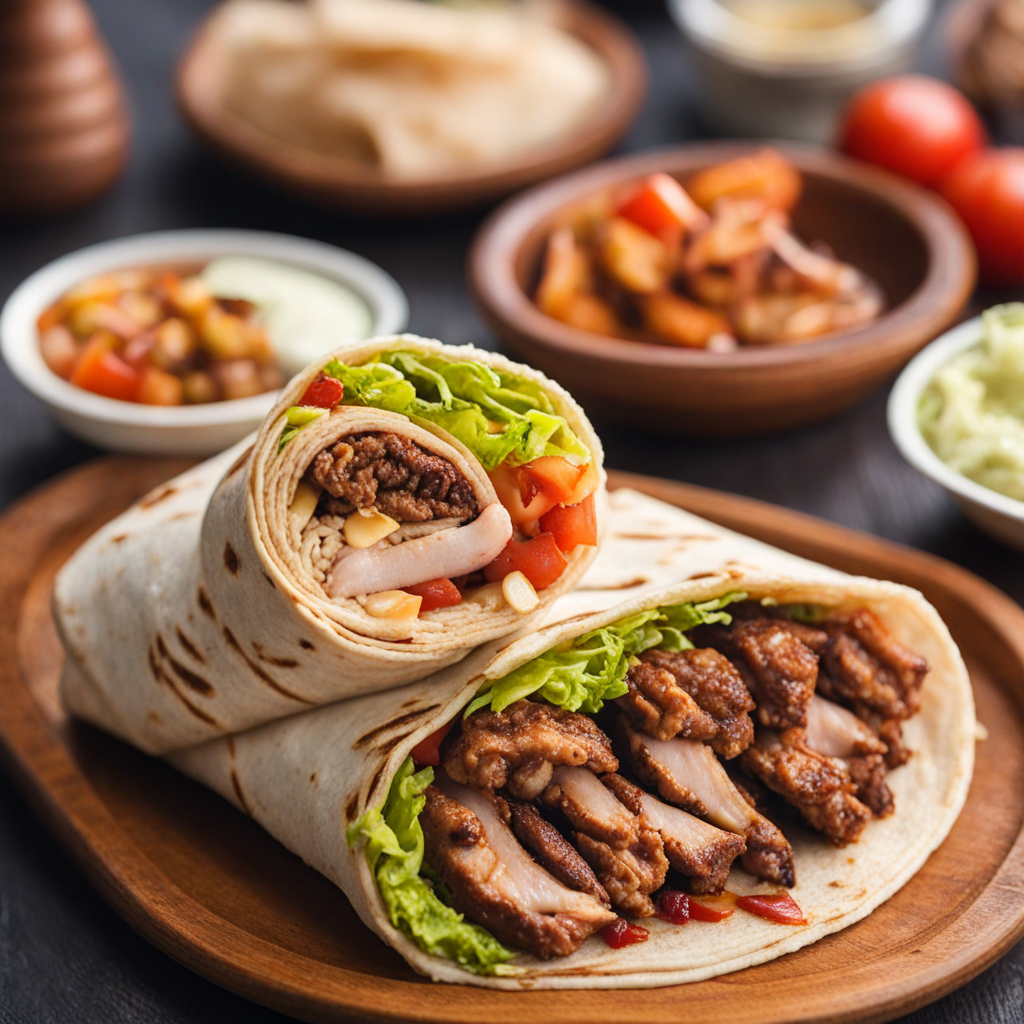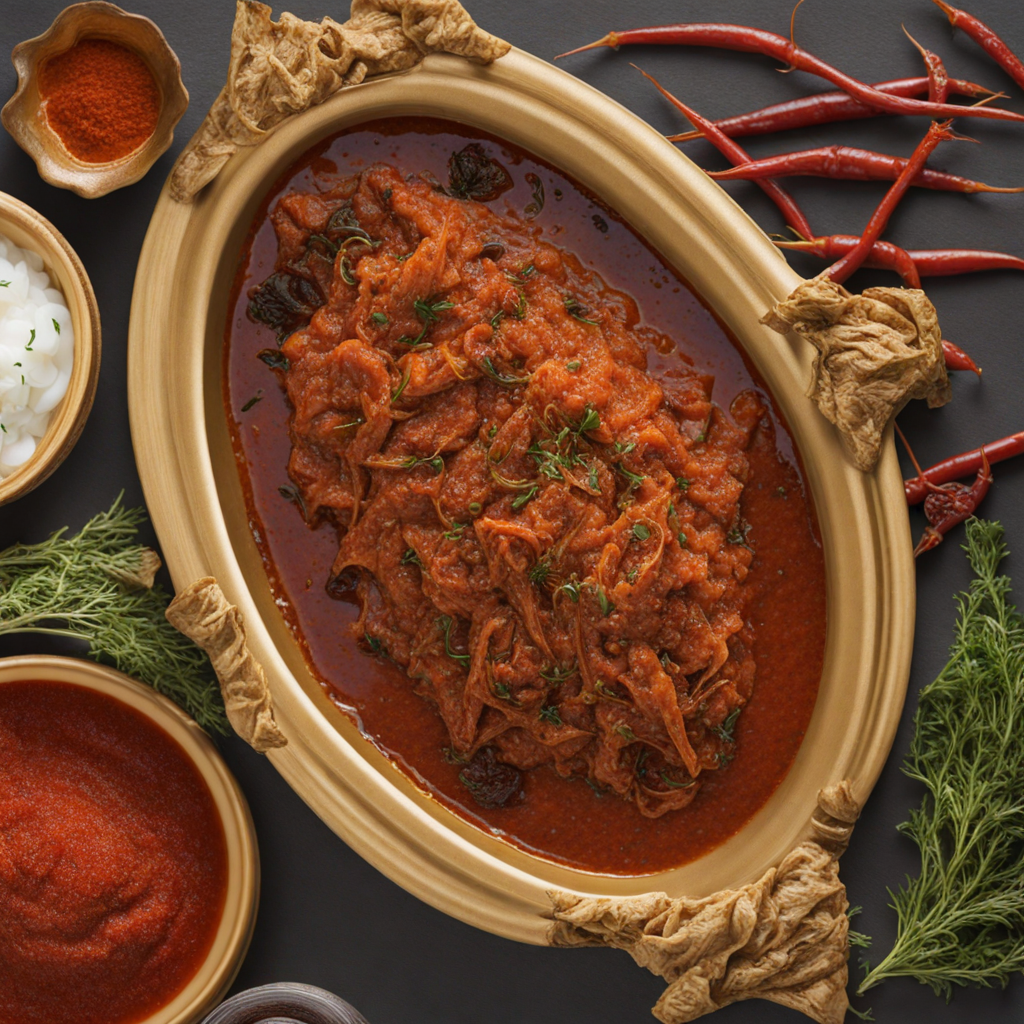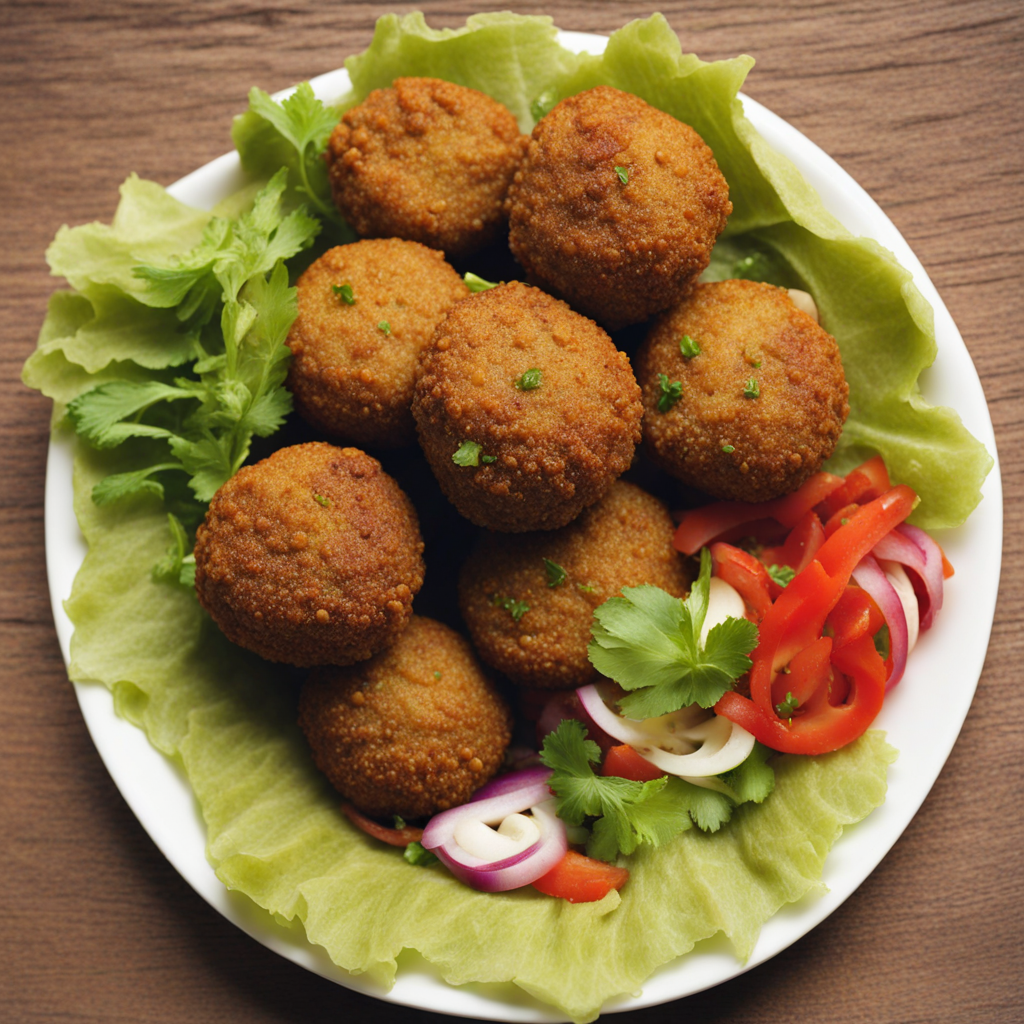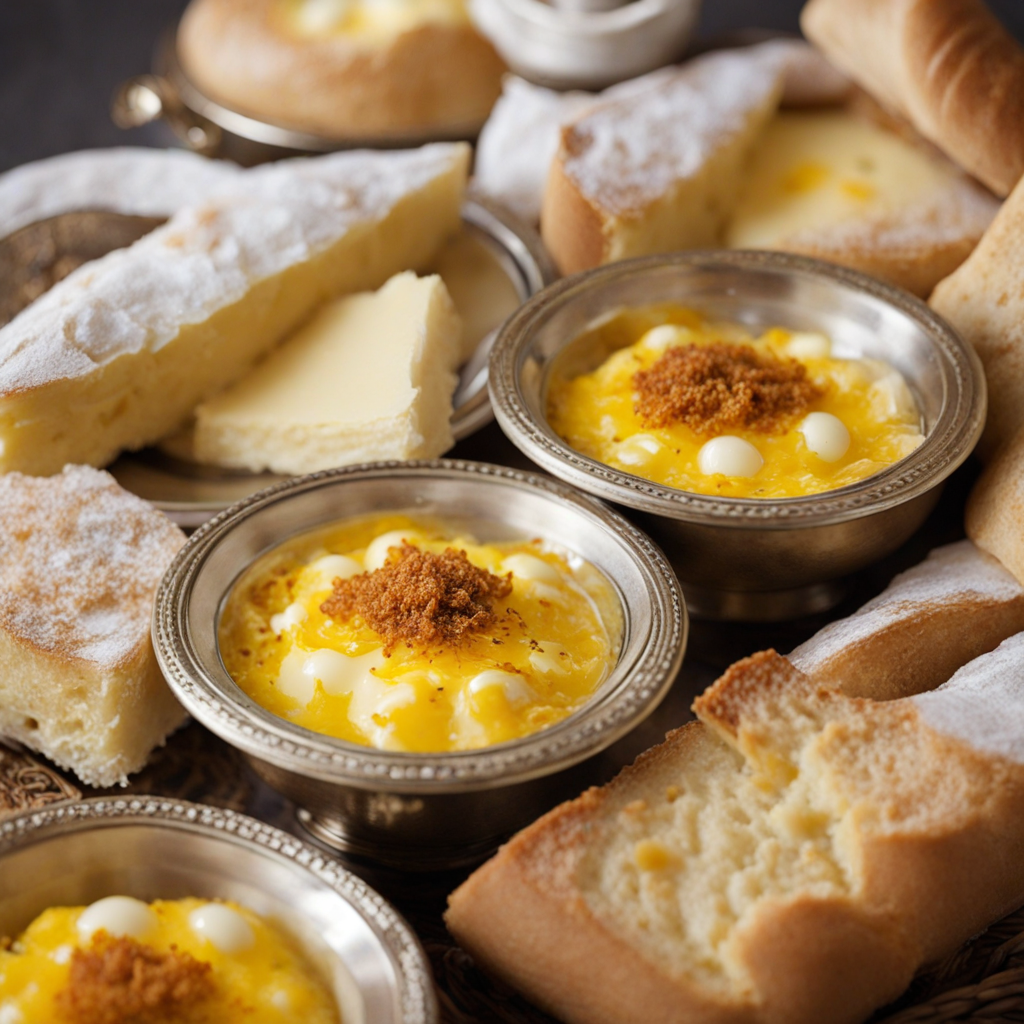Shawarma
Shawarma is a beloved Middle Eastern dish that has gained immense popularity in the United Arab Emirates, known for its delectable blend of spices and tender meat. Typically made from marinated cuts of beef, lamb, chicken, or turkey, the meat is stacked on a vertical rotisserie and slowly cooked to perfection. As it turns, the outer layers are shaved off, resulting in succulent slices that are infused with the aromatic flavors of garlic, cumin, paprika, and a hint of cinnamon. This method of cooking not only enhances the meat's juiciness but also creates a tantalizing crust that bursts with flavor with every bite. In the UAE, shawarma is often served in a variety of ways, most commonly wrapped in warm, fluffy pita bread or flatbreads, accompanied by a vibrant array of fresh vegetables such as tomatoes, cucumbers, and pickles. The addition of creamy tahini or tangy garlic sauce elevates the experience, providing a delightful contrast to the savory meat. Each bite is a harmonious blend of textures and flavors, making shawarma a truly satisfying meal that caters to a wide range of palates. In bustling street food markets and upscale restaurants alike, shawarma has become a staple that captures the essence of Emirati culinary culture. It not only embodies the region's rich heritage but also reflects the fusion of traditional recipes with modern influences. Whether enjoyed as a quick snack or a hearty meal, shawarma invites food lovers to embark on a flavorful journey that showcases the vibrant spirit of the United Arab Emirates.
How It Became This Dish
The History of Shawarma in the United Arab Emirates: A Culinary Journey #### Origins Shawarma, a beloved street food delicacy, has its roots in the Levant region, particularly tracing back to the Ottoman Empire in the 19th century. The dish evolved from the Turkish döner kebab, which is made of meat cooked on a vertical rotisserie. As the Ottoman influence spread across the Middle East, so did the concept of slow-cooked, marinated meat served in a flatbread, paving the way for what would become known as shawarma. The name "shawarma" is derived from the Arabic word "شاورما," which itself comes from the Turkish word "çevirme," meaning "turning." The method involves marinating strips of meat—commonly lamb, chicken, beef, or turkey—with a mixture of spices, garlic, and yogurt, then stacking them on a vertical spit that rotates, allowing the outer layer to cook and become crispy while retaining juiciness inside. #### Cultural Significance In the United Arab Emirates (UAE), shawarma has transcended its origins to become a cultural icon, representing both local and international influences. The dish embodies the UAE’s rich history of trade and cultural exchange, as it has attracted influences from various global cuisines, particularly Indian, Persian, and Levantine. The Emirates' strategic geographic location has long made it a melting pot of cultures, and shawarma has become a culinary ambassador, showcasing this diversity. The popularity of shawarma in the UAE is also linked to the country's rapid modernization and urbanization, especially in the late 20th century. With the influx of expatriates from various backgrounds, the demand for diverse food options soared, and shawarma emerged as a staple in the local diet. It became a beloved fast-food option, easily accessible in street carts, restaurants, and food courts across the Emirates. #### Development Over Time The journey of shawarma in the UAE has seen significant transformations, particularly in the late 20th and early 21st centuries. Initially, shawarma was primarily served in a traditional manner, wrapped in pita bread with simple garnishes like tomatoes, cucumbers, and tahini sauce. However, as culinary trends evolved, so did the preparation and presentation of shawarma. In the 1980s and 1990s, with the advent of globalization and the rise of fast food culture, shawarma began to adapt to modern tastes. Vendors and restaurants experimented with new sauces, toppings, and styles of serving. Garlic sauce, hummus, and spicy chili sauces became popular additions, enhancing the flavor profile. It was during this time that shawarma began being served in various types of bread, including laffa— a thicker, more substantial flatbread— and even as a platter alongside rice and vegetables. The early 2000s marked a pivotal moment in the shawarma scene, as culinary innovation took center stage. Chefs began to put their own spins on the classic recipe, leading to the emergence of gourmet shawarma. Artisanal versions appeared in upscale restaurants, featuring premium cuts of meat, house-made sauces, and gourmet toppings like pickled vegetables, avocado, and even truffle oil. This evolution showcased shawarma's versatility and adaptability, allowing it to cater to a broader audience, including health-conscious consumers. #### Shawarma in Contemporary UAE Today, shawarma holds a special place in the hearts of both locals and expatriates in the UAE. It is not merely a food item but a social experience, often enjoyed in gatherings, celebrations, or late-night outings. The dish is regarded as comfort food, evoking nostalgia for many who have grown up with it, while also welcoming newcomers to the vibrant culinary tapestry of the Emirates. In recent years, the UAE has also witnessed a surge in food festivals and culinary events that celebrate shawarma. Chefs and food enthusiasts come together to showcase their skills, experiment with flavors, and even compete for the title of the best shawarma. This has further cemented shawarma’s status as a symbol of culinary pride within the UAE. Restaurants have also taken the initiative to promote local ingredients and sustainable practices in their shawarma preparations. Some establishments prioritize using organic meats, locally sourced vegetables, and homemade sauces, reflecting a growing awareness of health and sustainability among consumers. This commitment to quality not only enhances the flavor of shawarma but also aligns with the UAE's broader goals of promoting sustainable food practices. #### Shawarma and Globalization The globalization of food culture has also played a role in the popularity of shawarma beyond the UAE. International chains have recognized the appeal of shawarma, leading to its introduction in various countries around the world. In cities like London, New York, and Paris, shawarma has become a sought-after street food, with vendors often putting their unique twists on the classic recipe. This global embrace has not only introduced the dish to new audiences but has also highlighted the cultural significance of shawarma as a representation of Middle Eastern cuisine. #### Conclusion Shawarma’s journey from its origins in the Ottoman Empire to its status as a culinary staple in the UAE is a testament to the dish’s adaptability and cultural significance. It represents a fusion of flavors, traditions, and influences, embodying the spirit of the UAE as a crossroads of cultures. Whether enjoyed in a bustling market, a trendy restaurant, or from a street vendor, shawarma continues to capture the hearts and palates of all who encounter it. As it evolves and adapts to contemporary tastes, shawarma remains an enduring symbol of the rich culinary heritage of the Middle East, inviting each generation to savor its delightful flavors.
You may like
Discover local flavors from United Arab Emirates







